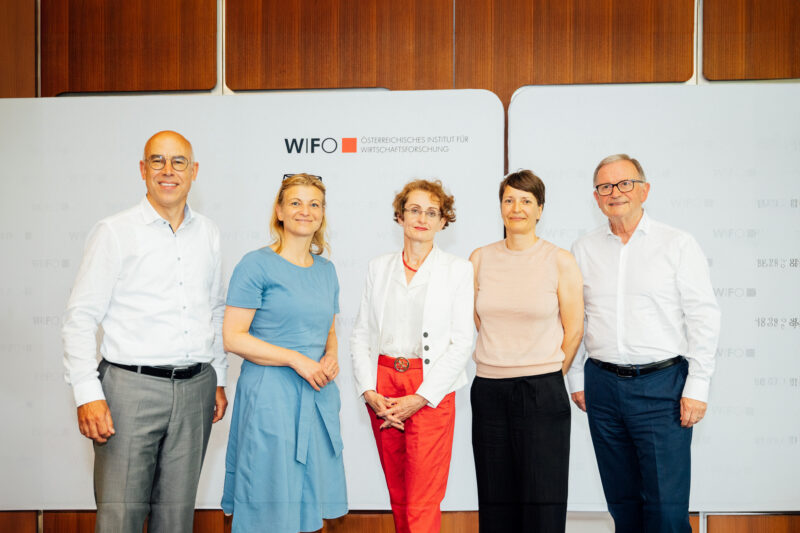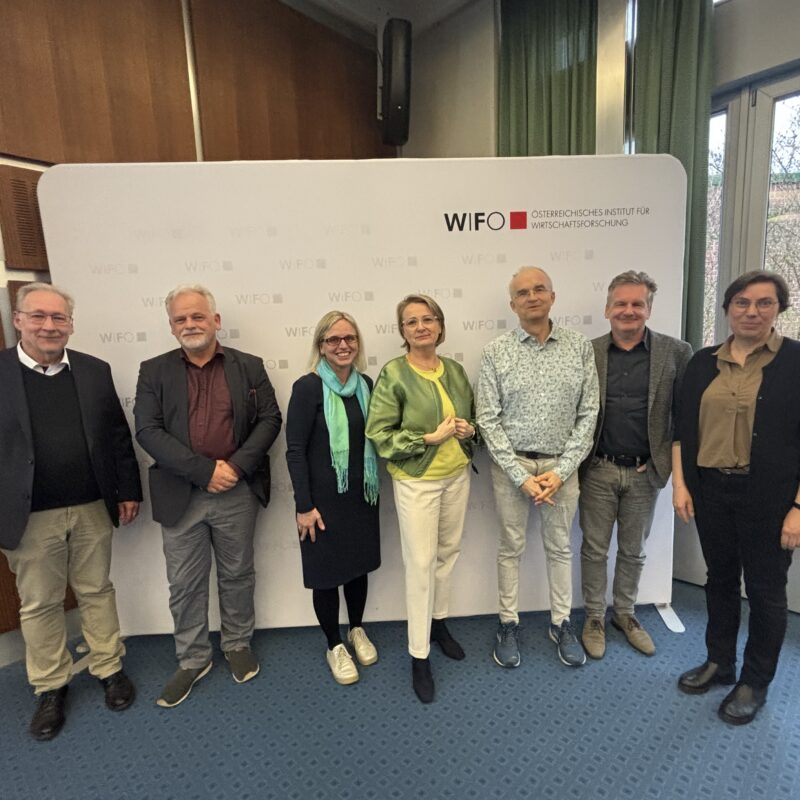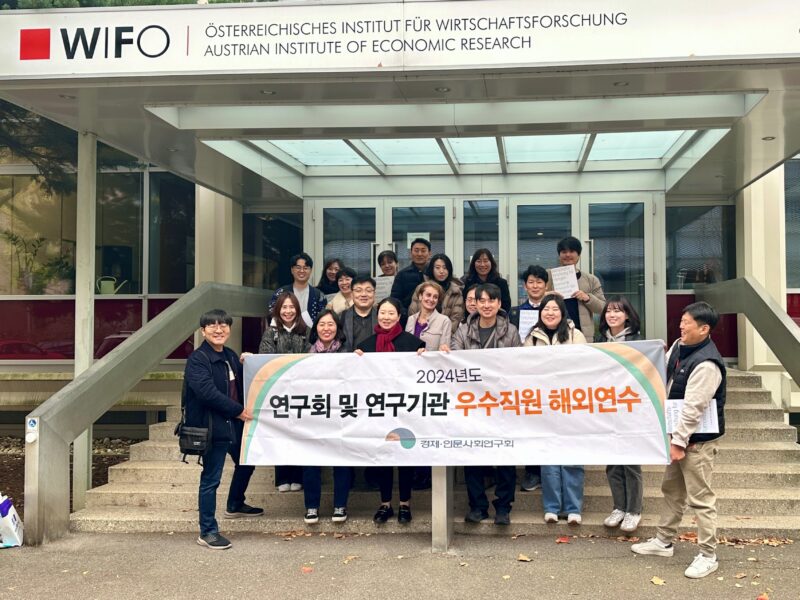
Labour Economics, Income and Social Security
The focus is on labour supply and employment forecasts, the effect of active labour market policies on employment biographies and income development, the consequences of demographic ageing, gender-specific issues, hiring and firing behaviour of companies, and retirement transition behaviour. In addition, the effects of current crises on the labour market, wages and income as well as social security systems are analysed.
The Research Group quantifies gender-specific income differences (gender pay gap), taking into account the effects on lifetime income, and analyses the income situation of private households before and after state redistribution as well as the development of inequality and poverty. The relationship between wages and productivity as well as unit labour costs is also examined.
With the help of a model infrastructure, the effects of institutional changes on individuals and households are estimated. The simulation model WIFO-Micromod enables analyses of economic policy interventions, macroeconomic shocks and provides disaggregated results for forecasts. Microeconometric methods are also used for evaluations. Dynamic microsimulation is used to estimate long-term socio-demographic changes, taking into account factors such as ageing, educational expansion and pension reforms. In the area of care, projections of care needs, economic effects of care reforms and the relationship between care and health are examined.
























